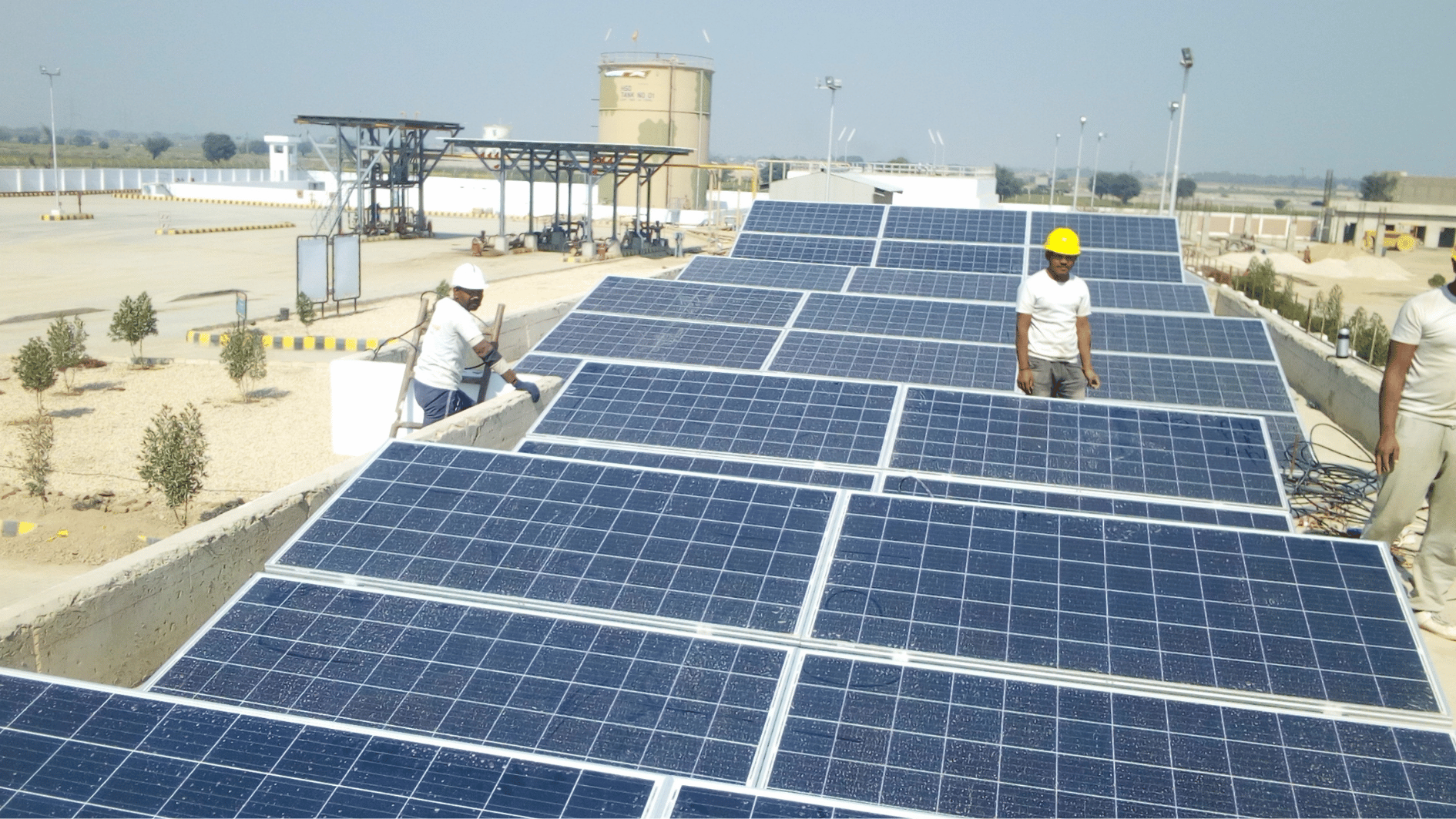Image source: Canva.com
As the adoption of solar energy continues to grow, more homeowners and businesses are investing in solar power systems to reduce their energy bills and minimize their environmental impact. Understanding the essential equipment involved in a solar power system is crucial for making informed decisions about installation and maintenance. In this article, we’ll explore the key components of a solar power system, how they work together, and why they are important.
Key Components of a Solar Power System
1. Solar Panels
Function: Solar panels, also known as photovoltaic (PV) panels, are the most visible component of a solar power system. They capture sunlight and convert it into electricity using photovoltaic cells.
Types of solar panels
Monocrystalline Panels
Made from a single crystal structure, these panels are highly efficient and have a sleek appearance. They perform well in low-light conditions and have a longer lifespan.
Polycrystalline Panels
Composed of multiple crystal structures, these panels are less efficient than monocrystalline panels but are typically more affordable.
Thin-Film Panels
These panels are made from layers of photovoltaic material deposited onto a substrate. They are lightweight and flexible but generally less efficient than crystalline panels.
Considerations: When choosing solar panels, consider factors like efficiency, durability, and warranty. Higher efficiency panels can generate more power from the same amount of sunlight.
2. Inverter
Function: The inverter is a critical component that converts the direct current (DC) electricity generated by the solar panels into alternating current (AC) electricity, which is used by most household appliances and the electrical grid.
Types of Inverters
String Inverters
These inverters are connected to multiple solar panels in series, converting the combined DC output into AC power. They are cost-effective but may be less efficient if shading affects any part of the panel array.
Microinverters
Installed on each individual panel, microinverters convert DC to AC at the panel level. This can improve performance and allow for better monitoring of each panel’s output.
Power Optimizers
These devices work in conjunction with string inverters to optimize the performance of each panel. They adjust the DC voltage to maximize energy production before sending it to the inverter.
Considerations: When selecting an inverter, consider factors like efficiency, reliability, and the type of system you are installing.
3. Mounting System
Function: The mounting system secures the solar panels to your roof or a ground-based structure. It ensures that the panels are positioned at the optimal angle to capture sunlight and withstand environmental conditions.
Types of Mounting Systems
Roof Mounts
These are used for attaching solar panels to the roof of a building. They can be designed for various roof types, including pitched and flat roofs.
Ground Mounts
Installed on the ground, these mounts are ideal for properties with ample space and can be adjusted to achieve the optimal angle for sunlight capture.
Tracking Systems
These advanced mounts adjust the position of the solar panels throughout the day to follow the sun’s path, increasing energy production. They are more expensive but can improve efficiency.
Considerations: Choose a mounting system that suits your property’s layout and provides stability and durability.
4. Battery Storage
Function: Battery storage systems store excess energy generated by the solar panels for use when sunlight is not available, such as during the night or cloudy days. This helps to maximize the use of solar energy and provides backup power during outages.
Types of Batteries
Lead-Acid Batteries
Traditional and cost-effective, these batteries have a shorter lifespan and lower depth of discharge compared to newer technologies.
Lithium-Ion Batteries
These batteries offer higher efficiency, longer lifespan, and greater depth of discharge. They are more expensive but provide better performance and reliability.
Considerations: When selecting a battery storage system, consider factors such as capacity, lifespan, and the type of battery that best suits your energy needs.
5. Charge Controller
Function: The charge controller regulates the amount of electricity flowing from the solar panels to the battery storage. It prevents overcharging, which can damage the batteries, and ensures efficient energy management.
Types of Charge Controllers
Pulse Width Modulation (PWM) Controllers
These are simple and cost-effective, suitable for small solar systems. They work by regulating the flow of electricity to the batteries.
Maximum Power Point Tracking (MPPT) Controllers
These are more advanced and efficient, capable of extracting the maximum amount of power from the solar panels and improving overall system performance.
Considerations: Choose a charge controller that matches the specifications of your solar power system and battery storage.
6. Electrical Panel (Breaker Box)
Function: The electrical panel, also known as the breaker box, distributes the electricity generated by the solar power system to various circuits within your home. It also contains circuit breakers that protect the system from electrical faults and overloads.
Considerations: Ensure that your electrical panel can handle the additional load from the solar power system and meets local building codes and regulations.
7. Monitoring System
Function: A monitoring system tracks the performance of your solar power system, providing real-time data on energy production and usage. It helps identify any issues or inefficiencies and ensures that your system is operating optimally.
Considerations: Look for a monitoring system that offers user-friendly interfaces and provides comprehensive data on system performance.
Understanding the essential equipment for solar power systems is crucial for making informed decisions about installation and maintenance. From solar panels and inverters to mounting systems and battery storage, each component plays a vital role in ensuring the efficiency and effectiveness of your solar energy system. By selecting high-quality equipment and properly maintaining your system, you can maximize your energy savings and enjoy the benefits of renewable energy for years to come.
Whether you are considering a solar power system for your home or business, knowledge of these key components will help you make the best choices and achieve a successful and cost-effective solar energy solution.





